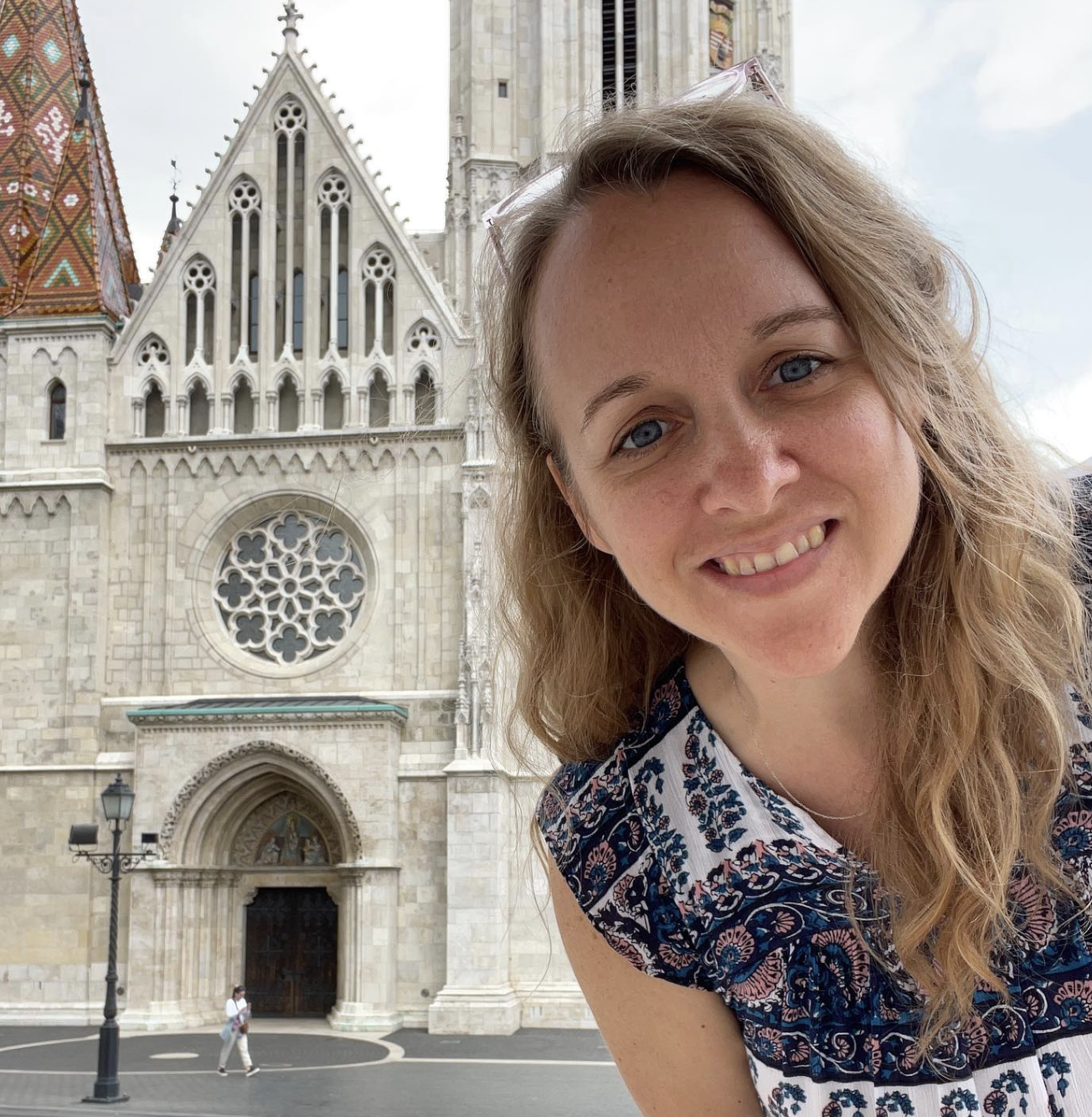NIST is soliciting proposals for financial assistance for FY 2012 under the following nine programs: (1) Material Measurement Laboratory (MML) Grant Program; (2) Physical Measurement Laboratory (PML) Grant Program; (3) Engineering Laboratory (EL) Grant Program; (4) Fire Research Grant Program; (5) Information Technology Laboratory (ITL) Grant Program; (6) NIST Center for Neutron Research (NCNR) Grant Program; (7) Center for Nanoscale Science and Technology (CNST) Grant Program; (8) Standards Services Group (SSG) Grant Program; and (9) Office of Special Programs (OSP) Grant Program. Details of each program can be found in the Full Announcement for 2012-NIST-MSE-01.
Eligible Applicants
- Others (see text field entitled "Additional Information on Eligibility" for clarification)
Additional Information on Eligibility:
- Institutions of higher education; hospitals; non-profit organizations; commercial organizations; state, local, and Indian tribal governments; foreign governments; organizations under the jurisdiction of foreign governments; and international organizations.
Agency Name
- National Institute of Standards and Technology
Link to Full Announcement
If you have difficulty accessing the full announcement electronically, please contact:
- Christopher Hunton
Grants Technical Assistant
Phone 301-975-5718 Agency Contact
| Document Type: | Grants Notice |
| Funding Opportunity Number: | 2012-NIST-MSE-01 |
| Opportunity Category: | Discretionary |
| Posted Date: | Dec 07, 2011 |
| Creation Date: | Dec 07, 2011 |
| Original Closing Date for Applications: | For all programs listed in this FFO, proposals will be considered on a continuing/rolling basis. For all programs except the Fire Research Grant Program, proposals received after 5:00 p.m. Eastern Time on June 1, 2012 may be processed and considered for funding under this FFO in the current fiscal year or in the next fiscal year until a new FFO is posted on the Grants.gov Web site (www.grants.gov), subject to the availability of funds. For the Fire Research Grant Program, proposals received after 5:00 p.m. Eastern Time on January 30, 2012 may be processed and considered for funding under this FFO in the current fiscal year or in the next fiscal year until a new FFO is posted on Grants.gov, subject to the availability of funds. Proposers should allow up to 90 days processing time. |
| Current Closing Date for Applications: | For all programs listed in this FFO, proposals will be considered on a continuing/rolling basis. For all programs except the Fire Research Grant Program, proposals received after 5:00 p.m. Eastern Time on June 1, 2012 may be processed and considered for funding under this FFO in the current fiscal year or in the next fiscal year until a new FFO is posted on the Grants.gov Web site (www.grants.gov), subject to the availability of funds. For the Fire Research Grant Program, proposals received after 5:00 p.m. Eastern Time on January 30, 2012 may be processed and considered for funding under this FFO in the current fiscal year or in the next fiscal year until a new FFO is posted on Grants.gov, subject to the availability of funds. Proposers should allow up to 90 days processing time. |
| Archive Date: | |
| Funding Instrument Type: | Cooperative Agreement Grant |
| Category of Funding Activity: | Science and Technology and other Research and Development |
| Category Explanation: | |
| Expected Number of Awards: | |
| Estimated Total Program Funding: | |
| Award Ceiling: | |
| Award Floor: | |
| CFDA Number(s): | 11.609 -- Measurement and Engineering Research and Standards |
| Cost Sharing or Matching Requirement: | No |
| Synopsis Modification History: | There are currently no modifications for this opportunity. |
Any inconsistency between the original printed document and the disk or electronic document shall be resolved by giving precedence to the printed document.
 Submitted by Katie Dey on January 26th, 2012
Submitted by Katie Dey on January 26th, 2012
 Submitted by Margaret Martonosi on December 6th, 2011
Submitted by Margaret Martonosi on December 6th, 2011
 Submitted by Yun Fu on December 6th, 2011
Submitted by Yun Fu on December 6th, 2011
 Submitted by Marcia O'Malley on December 6th, 2011
Submitted by Marcia O'Malley on December 6th, 2011
 Submitted by Taskin Padir on December 6th, 2011
Submitted by Taskin Padir on December 6th, 2011
 Submitted by Gunar Schirner on December 6th, 2011
Submitted by Gunar Schirner on December 6th, 2011
 Submitted by Raja Sengupta on December 6th, 2011
Submitted by Raja Sengupta on December 6th, 2011
 Submitted by Ashish Deshpande on December 6th, 2011
Submitted by Ashish Deshpande on December 6th, 2011
 Submitted by Metin Sitti on December 6th, 2011
Submitted by Metin Sitti on December 6th, 2011